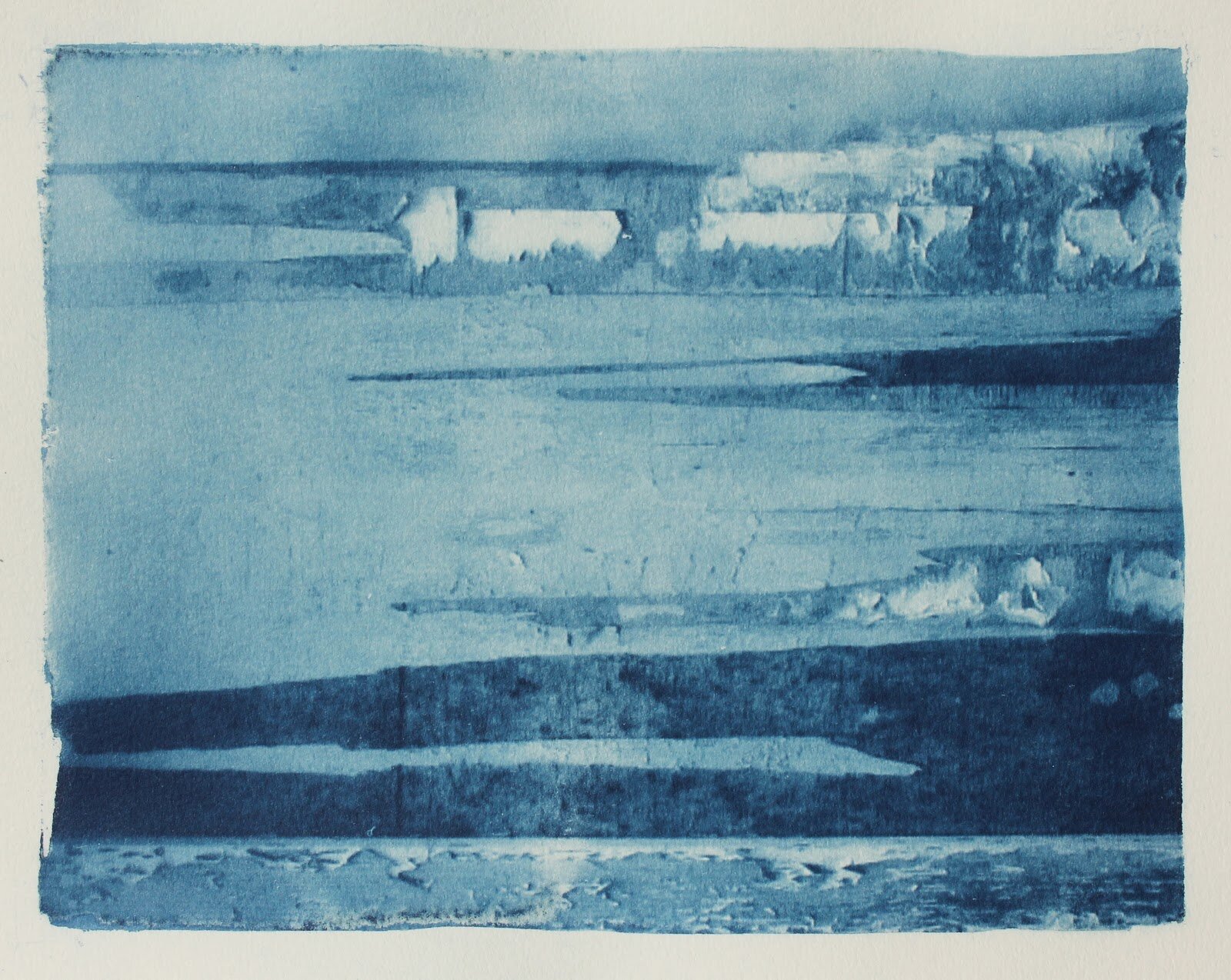There is something about an aging wall with stains, cracks and peeling paint exposing a history of weather and repair. But isn’t that the story of our homes? Throughout the ages, we’ve built our shelters to separate ourselves from nature and the elements, be they gentle and persistent or threatening and intense. We create, with walls, a door and a roof, a place of refuge, a safe interior.
I have been captivated by weathered walls, doors, and pavement for many years now, finding as much texture, drama and imagery as in an expressively composed abstract painting. Often more. The imperfections of material and construction, the imperceptibly slow deterioration of wood, plaster or concrete surfaces through seasons of rain and sun, faded layers of paint, cracks widening with freeze and thaw cycles. Add to that splashes of earth and water, seeping rust and salt, creeping layers of moss and mold, graffiti scrawls, and the scrapes and smudges of humans and their machines brushing by too close. Layers of repair and paint tell a history of neglect or care. Walls are like overworked canvases suffering the experiments of pentimento, but revealing a depth of layers that creates a fuller story of time and memory.
Almost twenty years ago, in one of my first exhibitions, I showed a series I called “Wallscapes”, paintings of old walls which held the impressions of landscape. And for the decades since, I have been intrigued by the discovery of sky, horizon and landscape imagery in the streets of towns and cities around the world where weather and neglect conspire to create walls rich in visual possibility. I almost experience it as “seeing through walls” as if I possessed some superhuman power like the x-ray vision of comic book heroes. I can’t see into buildings, but when I look at a wall I can see into a vast landscape full of sky and sea, ice, valleys and mountains.
Orvieto, Italy, working photo (cropped and rotated), 2015, Paul Roorda
While traveling, I have often found myself alone, positioning my camera to get the best photo of a stained and cracked wall while others nearby elbow their way through a crowd to get the best angle on the architectural gem listed as a travel must-see. I get the sideways glance from tourists and locals alike who think I must suffer from a sad and peculiar kind of madness. Perhaps it is they who suffer a sad and peculiar form of blindness where they can only see what is advertised for them.
For many years, I stopped painting, letting the colours dry in their tubes while I focused my creative work on other media with only occasional horizons finding their way into my compositions. All the while I was adding to a huge collection of photos of walls, an obsessive need to document and collect my discoveries. Naples and Orvietto, Tirana and Himare, Madurai and Delhi, Singapore, Berlin, Zanzibar and Fez, as well as my own city of Waterloo have all revealed themselves in their weathered walls, each holding visions of skies above horizons.
These walls have character, like the particular quality of clouds and weather of a place and like the people in the streets and markets nearby. In recent years, I have begun to paint again and to work with early photography techniques to create these landscape images of walls, sometimes working from the same photograph to make both paintings and prints, as with these images of peeling paint in Orvieto. I work with the visible layers and textures of these intriguing surfaces while seeing something of depth beyond. Seeing through walls into skies and open horizons when the four walls that protect us feel like they are closing in on us. Seeing beauty where others see nothing at all but a wall badly in need of paint and repair.
I choose to embrace this beautiful and peculiar form of madness...one that allows me to see things that aren’t there and find meaning in what is overlooked. I’ll leave it to others to decide if this is delusion or superpower... or merely the meandering mind of an artist.
Twilight Vision 4 - Orvieto, cyanotype print on watercolour paper, 8 x 10 inches, 2020, Paul Roorda
Horizon Muse 36 - Orvieto, acrylic on canvas, 7 x 7 inches, 2020, Paul Roorda



